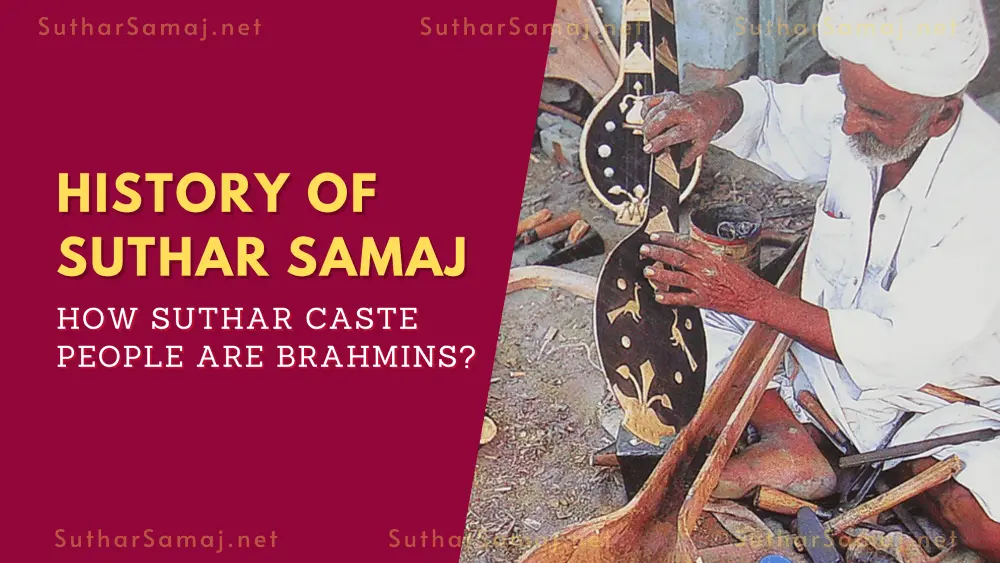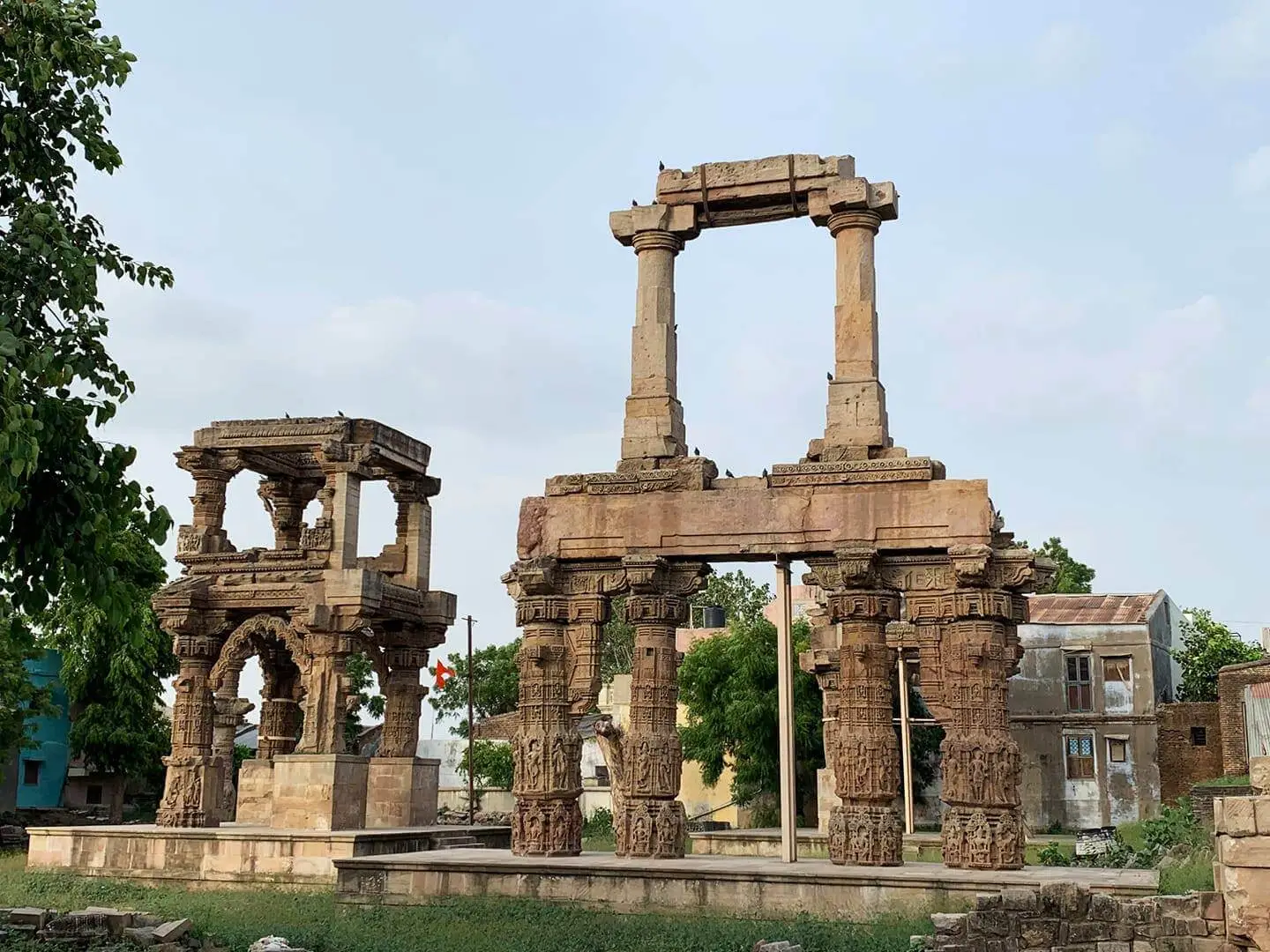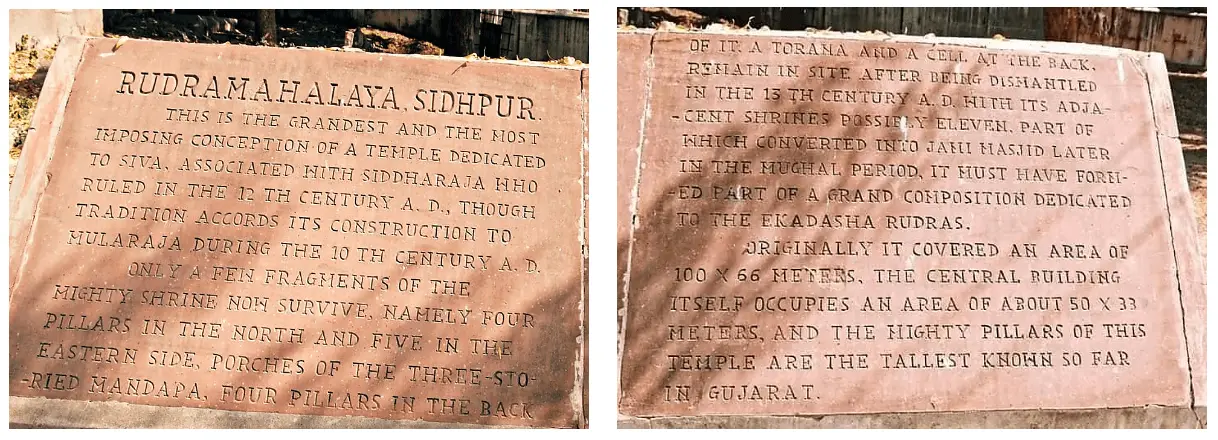History of Suthar Caste

The history of Suthar caste (सुथार जाति समाज का इतिहास) dates back to the time when Mulraja Solanki founded the Solanki dynasty in Gujarat in the mid-10th century. As per historical accounts, King Mulraja laid down the foundation stone of Rudra Mahalaya temple in 989 Vikram Samvat. The complex of this temple which later reconstructed and built by his descendent King Siddharaja Jayasingh Solanki in the 12th century.
Siddhpur (formerly known by the name Shristhal, now a town of district Patan) was the capital of Gujarat in the 12th century. At that time, Jayasingh (or Jayasimha) Siddharaja, the son of Karnasingh of the Chaulukya (Solanki) dynasty was ruling over Gujarat. The Chalukyas dynasty patronized both Saivism and Vaishnavism for which they built various temples in Gujarat.
Construction of Rudra Mahalaya Temple
Once upon a time, he had a severe disease of leprosy and despite many treatments, he couldn’t recover from the disease. In the end, King Jayasingh felt disappointed and consulted great astrologers and priests for a miraculous cure for his disease.
The priests or astrologers suggested the King build the grandest temple of Rudra Mahalaya dedicated to Lord Shiva with the support of the world’s best-skilled artisans, the descendants of Maharaja Apashree Vishwakarma Brahmin. At that time, skilled artisan and architect communities of Dharpal Ji Pidwa, Gangaji Pidwa, Karanpalji Somya, and Barham-Dakshat Brahmins were living in Mathrapuri, the birthplace of Lord Shree Krishna. Also, the descendants of Dheer, Rishi Amb, Vanshdhaar, and Kuntalji were living in Kashipuri.
After consultations with his priests, King Siddhraja sent Devpalji Bhatt to Kashipuri and Mathurapuri to invite skilled artisans of the Vishwakarma community. The king also promised to honor and reward descendants of Vishwakarma no matter where he came from to support the construction of the temple.
In the construction of the grandest temple of Rudra Mahalaya, Gangadevji was the chief architect. He had felt a need for a very large number of people to build such a big structure. So he embraced members of the Kshatriya caste through purification rituals (i.e. Havan and Janoi). On completion of the construction of the temple, the king’s illness also disappeared, and completely recovered from it. Then king honored and rewarded all the artisans involved in noble works of temple construction by giving heavy prizes and awards to them.
Migration of Vishwakarma Brahmins to Gujarat
After the construction of the temple, Gangadevji along with other Brahmin artisans sought the king’s permission to go back to his native land. But the king insisted Brahmins for staying in Gujarat as there was no community of these artisans in Gujarat. Shree Dharpalji Pidwa told the king that in a situation where people of our caste do not live here, then with whom should we marry and then settle here? Then the king said that you accept the artisans of other Kshatriya Varn who have been working with you for a long time into your caste.
Accepting the request of the king, an all-India Sutradhar convention was convened for which permission was sought from other Brahmin communities. In that convention, a group of 120 sub-castes of Vishwakarma Brahmins and Kshatriyas were unified into a new Sutradhar community which later became popular with the name Visutar.
Therefore, all people of the Suthar caste are now Brahmins, as this caste comprised of Brahmins descendants of Lord Vishwakarma and some other people of sub-castes of Kshatriya who later converted into Brahmin during the rule of King Siddharaja Jayasingh Solanki.
In the same way, King Mulraja invited more than 1,000 groups of learned Brahmins from north India to live in Gujarat. For their settlement in Gujarat, Solanki Kings at different times donated lands to groups of Brahmins which became famous by Audich Sahastra Brahmin.
Architecture of Rudra Mahalaya Temple
As per the historical records, Rudra Mahalaya temple had three stories with 1600 pillars, 12 main entrances, a wide central hall, 3 porches on eastern, northern, and southern wings, and toranas (Arches). Originally, the complex of the temple covered an area of 100×66 meters, and the central building of height 46 meters occupied an area of around 55×33 meters.
It is believed that this temple was one of the most lavish and grandest temples of that time. The walls and every section of the temple were finely carved and intricately sculpted with images of different celestial bodies or gods.
Current State of Rudra Mahalaya Temple
The structure of the temple is now in a very ruined state. Only fragments of this glorious temple still stand including four pillars in the north, five on the eastern side, porches of three storied Mandapa, four pillars behind the mandapa, and two toranas.


The Sultan of Delhi, Alauddin Khalji (in the 1290s), and later the Sultan of Gujarat, Ahmed Shah I (in the 1400s) desecrated and substantially demolished the Temple. Muslim rulers of Gujarat converted the site of the temple into a Congregational Mosque with materials and stones used from the structure of the temple.
The exquisitely carved pillars and toranas of the surviving structure tell us the lost glory and grandiosity of the temple and how great knowledge of temple architecture Vishwakarma Brahmins had at that time.
References:
- Shree Permanand Kessani, VISHWAKARMA GYAN-KOSH, 2007
- Patel, Alka. “Architectural Histories Entwined: The Rudra-Mahalaya/Congregational Mosque of Siddhpur, Gujarat.” Journal of the Society of Architectural Historians 63, no. 2 (2004): 144–63. https://doi.org/10.2307/4127950.
- Sudhagee, March 2015, THE RUDRA MAHALAYA TEMPLE AT SIDHPUR, My Favourite Things, accessed 30th Sept 2023, <https://sudhagee.com/2015/03/09/travel-the-rudra-mahalaya-temple-at-sidhpur/>
- Wikiquote contributors, “Rudra Mahalaya Temple,” Wikiquote, https://en.wikiquote.org/w/index.php?title=Rudra_Mahalaya_Temple&oldid=3282971 (accessed September 30, 2023)
